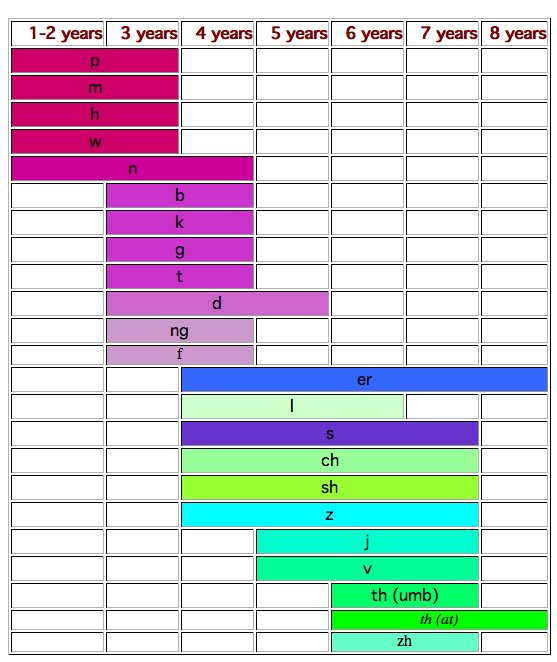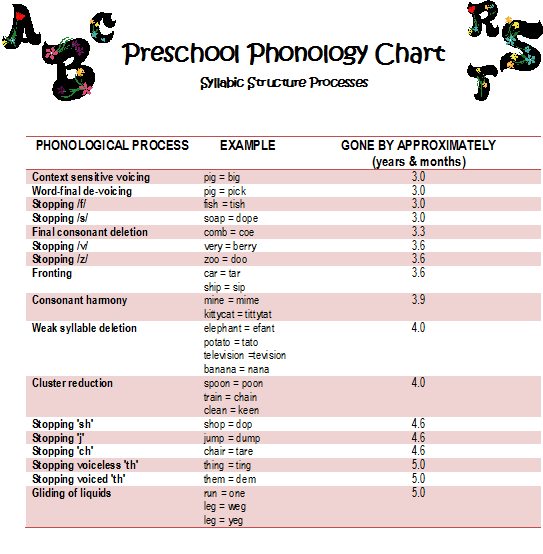Phonology is the study of how speech sounds are organized and produced during speaking. Sound source for speech comes from air in the lungs. The air evolves depending on the manner and placement of articulation to produce a specific and unique speech sound.
Manner Of Articulation
Manner of articulation refers to how speech sounds are produced.
Vowels such as /a, e, i, o, u/ are produced by changing the movement of the mouth without any air restriction in the mouth and the nose for the respective vowels.
For consonants, some of the manner are as follows:
- Plosive : the sound of consonant created by the eruption air that build up in the mouth
- Nasal : the sound of consonant resulting from air emissions through the nasal cavity
- Fricative : the sound of consonant resulting from the issuance of air hissing in the oral cavity
Placement Of Articulation
Placement of articulation refers to the position of speech organs in the oral cavity to produce consonant sounds. Each speech organ such as the lips, tongue, gums, teeth, and palate play an important role to produce accurate speech sounds. Examples of placement of articulation are :
For a better understanding of the production of speech sounds, refer to Table 1 below. The table shows each consonant has a specific manner and placement of articulation. Normally, pronunciation errors that occur can be identified by looking at how the sound was produced.
Table 1 : Chart of manner and placement of speech sounds

The acquisition of consonant sounds are gradually gained along with the maturity of speech organs. The initial letters acquired by children are p, m, h, w, and n (refer Table 2). Most children are able to master the entire speech sounds by the age of eight years.
Table 2 : Chart of acquisition of consonants sound by age

During the development of normal speech acquisition, children will usually demonstrate some phonological processes. Phonological processes are common phonological mistakes made by children either due to error in manner or placement of articulation during speaking (refer Table 3). Most children are able to eliminate the phonological processes by the age of five years.
Table 3 : Chart of development of phonological processes among children
References
- www.esl-lounge.com
- www.livebinders.com
- www.thethriftyslp.blogspot.com
- http://www.asha.org/public/speech/disorders/SpeechSoundDisorders/
- http://www.speech-languagetherapy.com/index.php?option=com_content&view=article&id=35:admin&catid=2:uncategorised&Itemid=117
| Last Reviewed | : | 28 August 2020 |
| Writer / Translator | : | Ropidah bt. Razali |
| Accreditor | : | Amelia Inbam Neelagandan |
| Reviewer | : | Nadwah bt. Onwi |








